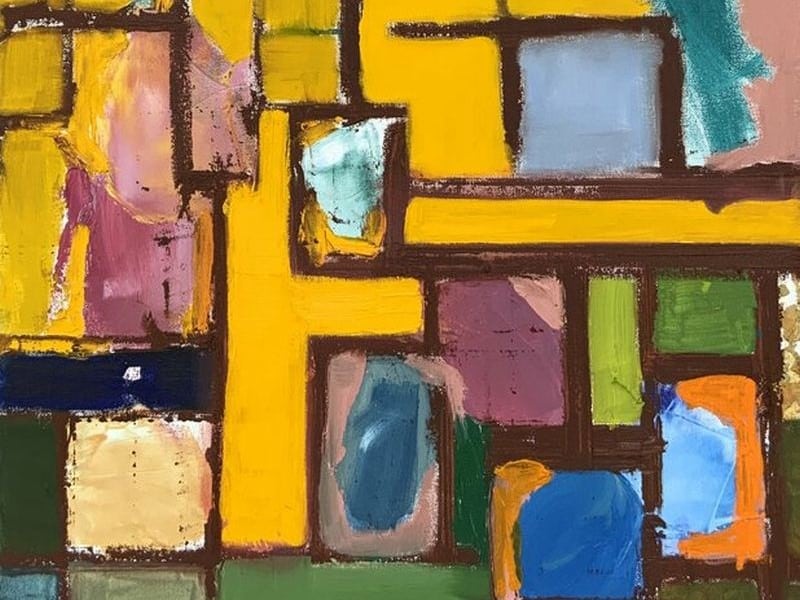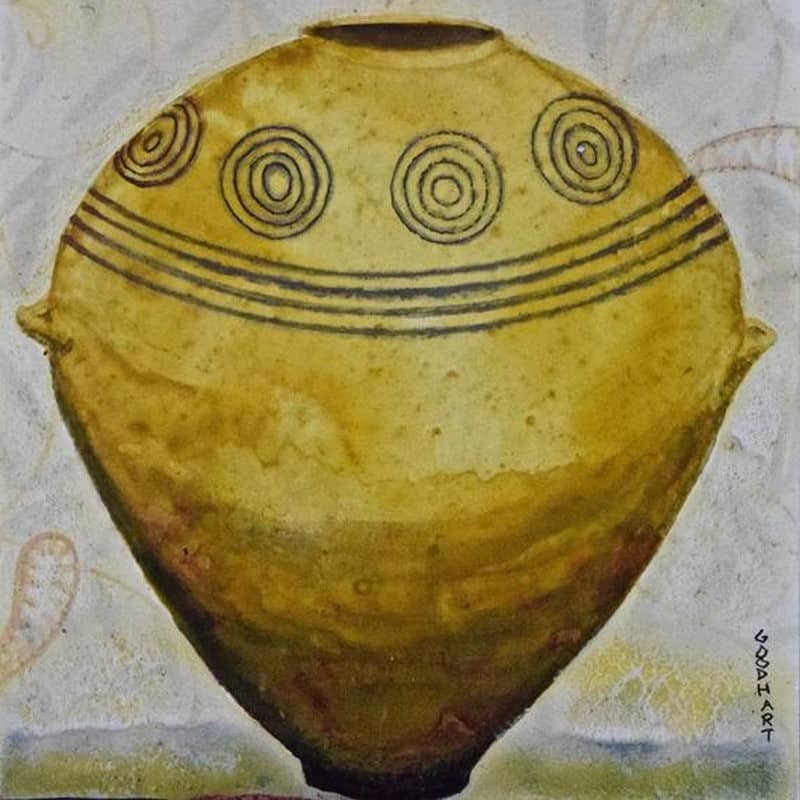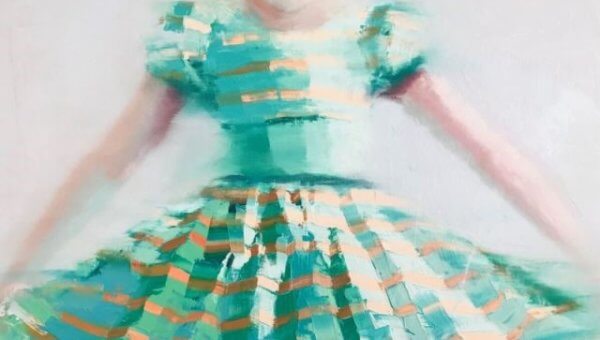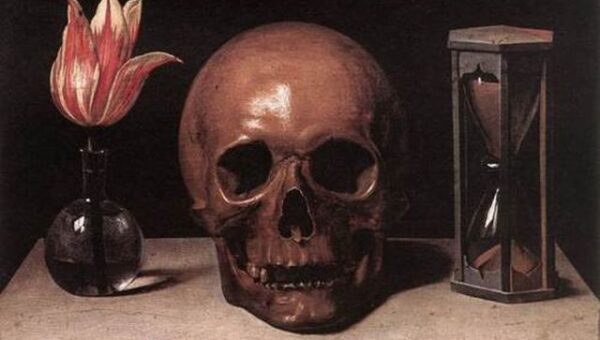
Prof. Theo de Beer about Gamboge
In the section “Prof. Theo de Beer about ….” we share with you articles from the unpublished book of Professor Theo de Beer “Everything about art materials”. Prof. Theo de Beer managed the Old Holland company from 1982 till 2000 and made a huge contribution to its development.
Gamboge is a yellow toxic water-soluble type of lacquer, which is extracted from a tree of the ‘garcinia’ family. The tree grows mainly in Thailand and Cambodia and on the island of Sri Lanka. Incisions are made in the tree bark and then the resin runs out. The resin is heated and then allowed to flow into a hollow bamboo cane. These hollow bamboo canes are later cut open to remove the dried rods of gamboge. The gamboge dye was already being used as an artists’ paint in 1650. Nowadays, the substance is also made synthetically as a pigment that can be lightfast.

The toxic substance gamboge has high colour strength and is not lightfast. The dye dissolves in oil paint, so that it penetrates the layer that is painted over it (bleeding). The dye needs a great deal of binder, which gives the paint a transparent characteristic. The transparent colour is especially popular as a watercolour, because it has such a beautiful yellow-gold colour. Nowadays, this colour virtually no longer occurs, as it has been replaced by transparent synthetic organic pigments.

The imitation colour, which is also transparent, can be lightfast and contains a great deal of oil, making it very suitable for applying the glazing technique. The layer of oil paint will start to wrinkle if you suddenly apply it in thick layers. As a water paint, this basic colour also has transparent properties and is therefore very popular.
Check these colours for the Gamboge pigment
Old Holland Classic Oil Colours
B124 Gamboge Lake Extra
New Masters Classic Acrylics
C627 Gamboge Extra
Old Holland Classic Watercolours
B124 Gamboge Lake Extra






